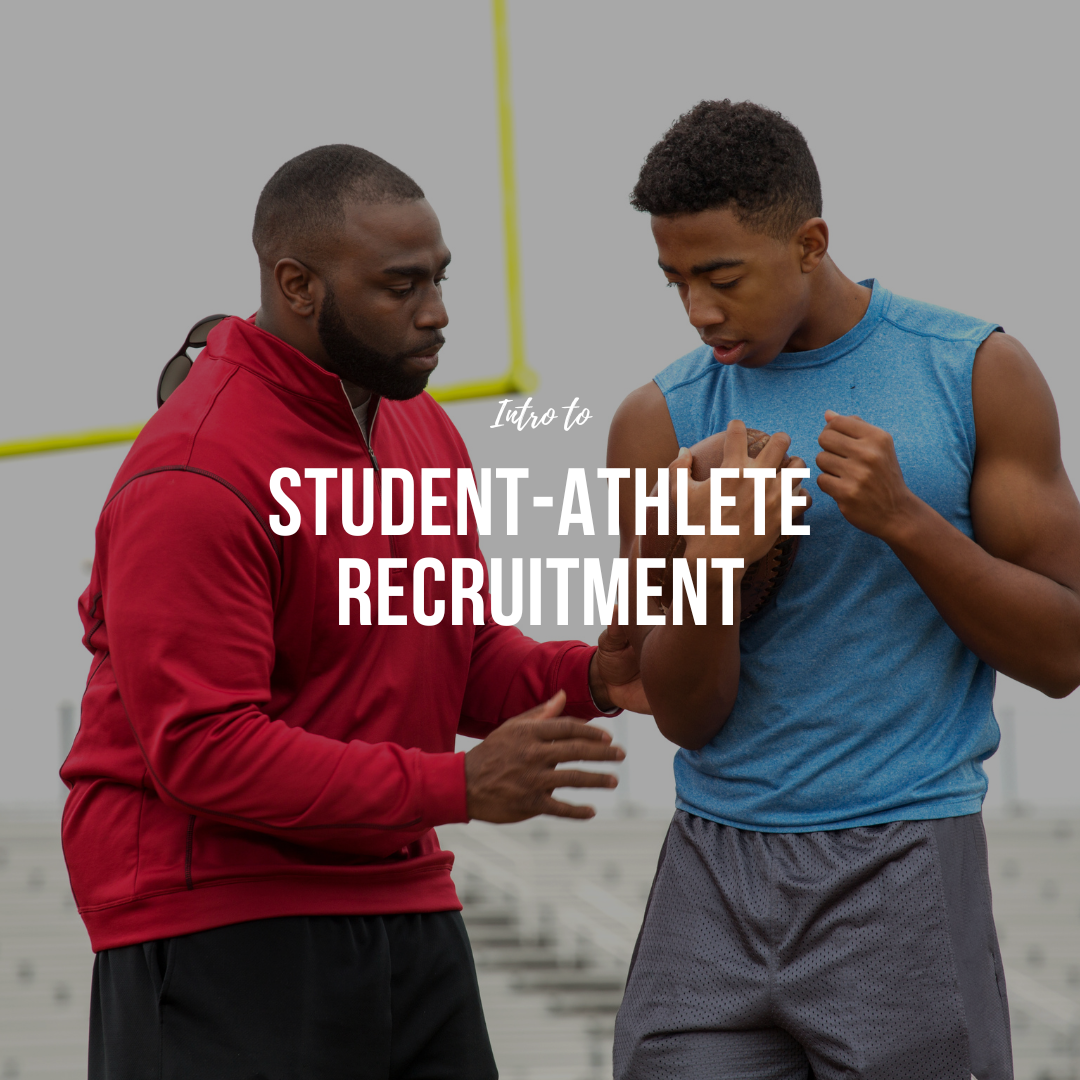Disclaimer: The landscape of college athletic recruiting is constantly changing. While this guide aims to provide accurate and up-to-date information, it's essential to consult with professionals and official sources for the most current advice.
Understanding the Recruitment Process
What is Student-Athlete Recruitment?
Student-athlete recruitment is the process through which college coaches identify, evaluate, and encourage talented high school athletes to join their college sports teams.
Key Steps in the Recruitment Process
- Self-Assessment: Understand your athletic and academic strengths and weaknesses.
- Research: Identify schools and programs that align with your goals.
- Initial Contact: Reach out to coaches and attend recruitment events.
- Showcase Talent: Share your skills video, attend camps, and participate in tournaments.
- Official Visits: Visit campuses and meet with coaches and teams.
- Commitment: Make your final decision and commit to a school.
NCAA Guidelines and Eligibility
Understanding NCAA (National Collegiate Athletic Association) guidelines is crucial for a smooth recruitment process. Here are some key points:
- Eligibility Center: Register with the NCAA Eligibility Center during your junior year of high school.
- Academic Requirements: Maintain a minimum GPA and meet standardized test score requirements.
- Amateurism: Ensure you meet the amateurism criteria set by the NCAA.
Creating a Recruitment Video
A recruitment video can make or break your chances of getting noticed. Here's how to create an impactful video:
- Highlight Reel: Include your best plays, showcasing a variety of skills.
- Game Footage: Incorporate real-game situations.
- Personal Introduction: Briefly introduce yourself and your athletic background.
- Quality: Ensure high video and audio quality.
- Duration: Keep it between 3-5 minutes.
Pro Tip: Companies like ours at Numbers Don't Lie specialize in creating professional recruitment videos for student-athletes.
Reaching Out to Coaches
- Initial Email: Craft a personalized email introducing yourself and expressing interest in their program.
- Follow-Up: If you don't hear back within two weeks, send a polite follow-up email.
- Phone Calls: Be prepared for phone interviews and have a list of questions ready.
Leveraging Social Media
- Professionalism: Keep your profiles clean and professional.
- Networking: Connect with coaches, athletes, and sports organizations.
- Content: Share highlights, achievements, and updates regularly.
Scholarships and Financial Aid
- Athletic Scholarships: These are merit-based and offered by the athletic department.
- Academic Scholarships: Don't overlook these; they can be combined with athletic scholarships.
- FAFSA: Fill out the Free Application for Federal Student Aid for additional financial support.
Making the Final Decision
- Academic Fit: Ensure the school offers your desired major.
- Athletic Fit: Evaluate the team, coaching style, and facilities.
- Financial Fit: Consider the total cost and financial aid options.
Conclusion
Student-athlete recruitment is a complex but rewarding journey. By understanding the process, adhering to NCAA guidelines, and effectively showcasing your talents, you can significantly increase your chances of landing a spot on your dream team. Good luck!
For more educational content for student-athletes, teams, and parents, visit our resources section at Numbers Don't Lie.

